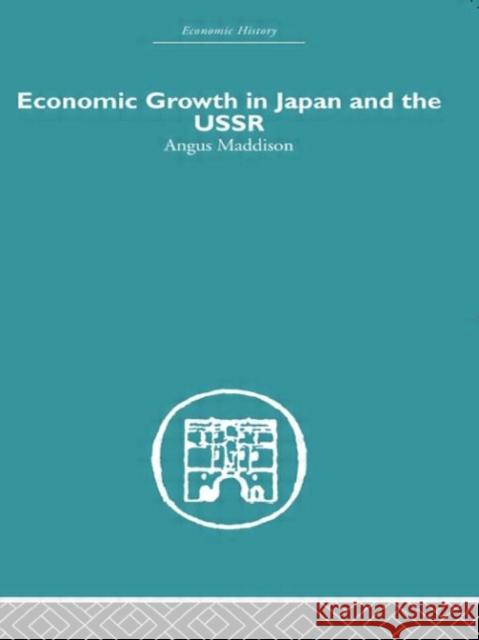Economic Growth in Japan and the USSR » książka
Economic Growth in Japan and the USSR
ISBN-13: 9780415382625 / Angielski / Twarda / 2005 / 174 str.
Economic Growth in Japan and the USSR
ISBN-13: 9780415382625 / Angielski / Twarda / 2005 / 174 str.
(netto: 877,23 VAT: 5%)
Najniższa cena z 30 dni: 906,73
ok. 22 dni roboczych
Dostawa w 2026 r.
Darmowa dostawa!
In terms of output, the USSR and Japan account for one-fifth of the world's economy, occupying second and third places behind the United States. Japan has the world's fastest growth of per capita income and the USSR has not lagged far behind. But a century ago they were static feudal societies. This study analyzes the policies which enabled them to transform their economies adn to catch up with the developed world.
The strategies of the two nations adopted have been very different: Japan has maintained small farms and factories, developed a labor-intensive technology, and has successfully penetrated the world export markets. The USSR, on the other hand, has created giant farms and factories adn remained fairly isolated from world trade. Since 1945 teh USSR has devoted one-eighth of her resources to military purposes, Japan practically nothing.
In Economic Growth in Japan and the USSR, Angus Maddison offers a comparative analysis of the growth experience of these two countries that greatly enlarges our knowledge of the development process. A better understanding of their past experience can be particularly illuminating and relevant for economic policy in developing countries today. This classic text was first published in 1969.











